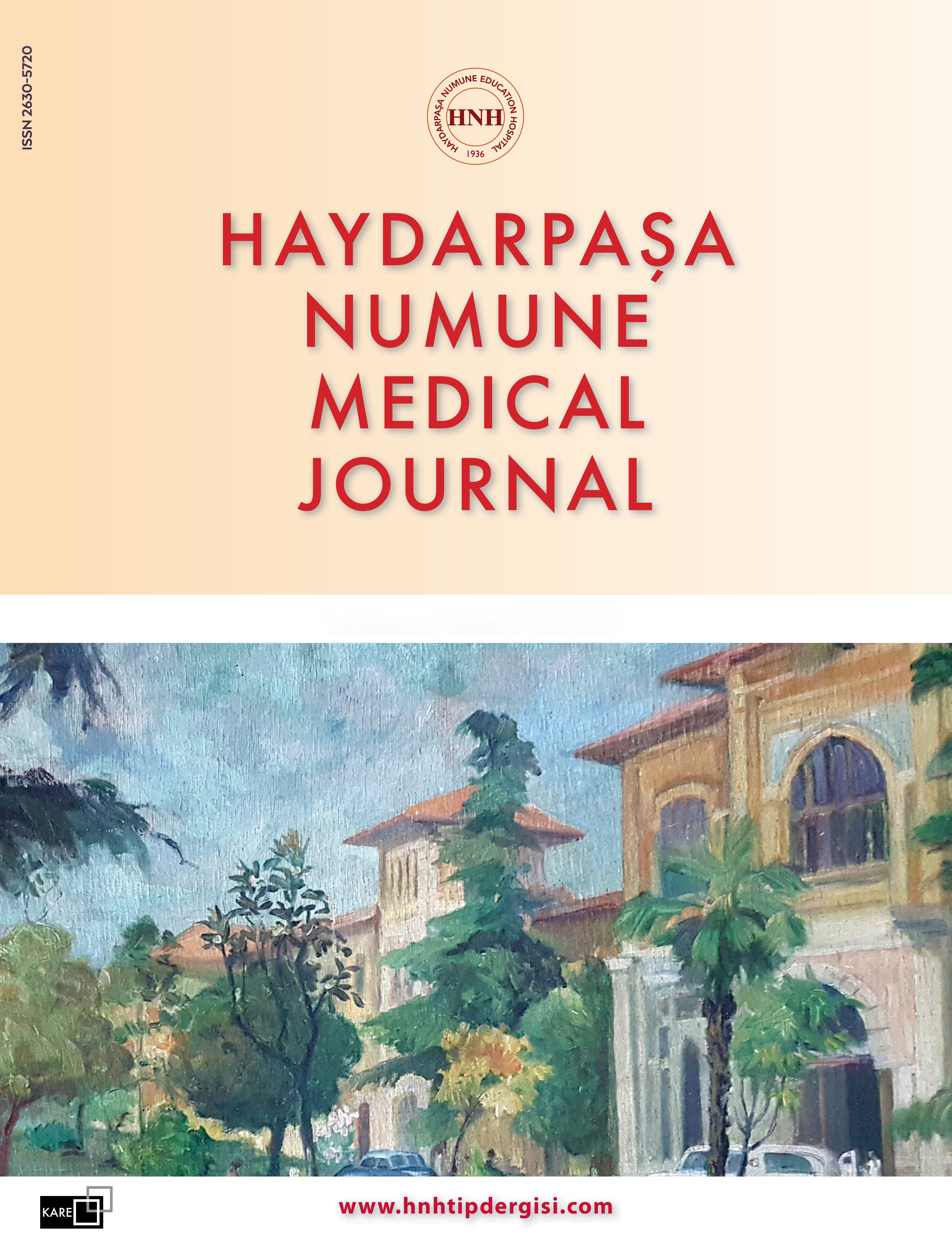Evaluation of Traumatic Brain Injury with Hematological Parameters: Neutrophil-to-Lymphocyte Ratio and Platelet-to-Lymphocyte Ratio
Hale Aksu Erdost1, Mine Arayıcı2, Nevin Deniz Kırca2, Orhan Kalemci3, Ceren Kızmazoğlu3, Kaan Köşker1, Murat Örmen4, Pınar Akan41Department of Anesthesiology and Reanimation, Dokuz Eylul University Faculty of Medicine, İzmir, Türkiye2Department of Neuroscience, Dokuz Eylul University Health Sciences Institute, İzmir, Türkiye
3Department of Neurosurgery, Dokuz Eylul University Faculty of Medicine, İzmir, Türkiye
4Department of Biochemistry, Dokuz Eylul University Faculty of Medicine, İzmir, Türkiye
INTRODUCTION: Traumatic brain injury (TBI) is one of the leading causes of death and disability, affecting millions of people worldwide[1]. Theoretically, neutrophil-to-lymphocyte ratio (NLR) and thrombocyte-to-lymphocyte ratio (TLR) have the potential to be used as a marker of the severity of the secondary brain injury process in TBI. The aim of this study was to investigate the changes in routine blood tests in patients with severe TBI and analyze the relationship between NLR, TLR, and TBI outcomes.
METHODS: In this study, we collected the data using the routinely analyzed hematological parameters of the patients admitted to our hospital for TBI and who underwent surgery in the past 10 years. GCS score and pupillary reaction of the patient at admission, demographical data, computed tomography (CT) scans, analysis of the blood sample is routinely performed at admission. White blood cell count, hemoglobin, mean corpuscular volume, red blood cell distribution width (RDW), platelet, and neutrophil count data were recorded from blood sample analysis.
RESULTS: There was a significant difference between the good outcome and bad outcome groups in terms of the mean age, pupillary activity, and GCS. While the groups were significantly different in terms of their hematological parameters, such as RDW, mean platelet volume (MPV), and neutrophil count (p=0.005, 0.017, and 0.043, respectively), no difference could be detected in terms of TLR and Glasgow Outcome Scale (p=0.14). However, NLR was observed to be higher in the patient group with bad outcome (p=0.0078).
DISCUSSION AND CONCLUSION: Secondary brain injury in patients with head trauma is associated with the inflammatory process, and although the results in our study were not significant in terms of TLR, blood count tests such as NLR and TLR, which affect prognosis, are indicators of inflammation. Therefore, the increase in NLR and TLR may be a guide for CT scan and surgical treatment. Moreover, we believe that neutrophil, RDW, and MPV values in routine blood count tests may also be prognostic indicators. Nevertheless, more advanced, comprehensive, and prospective studies are required to support the current results.
Manuscript Language: English
















